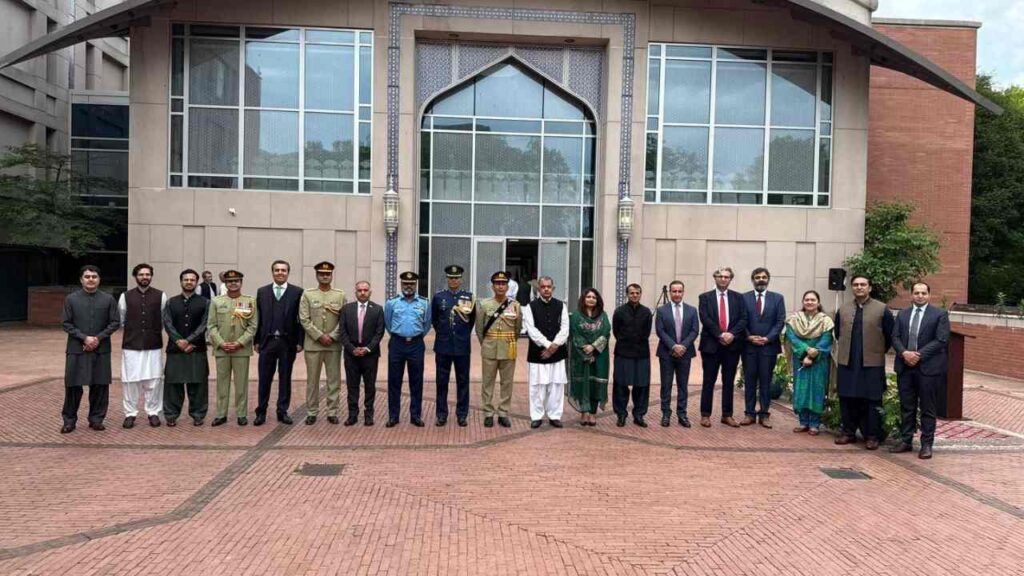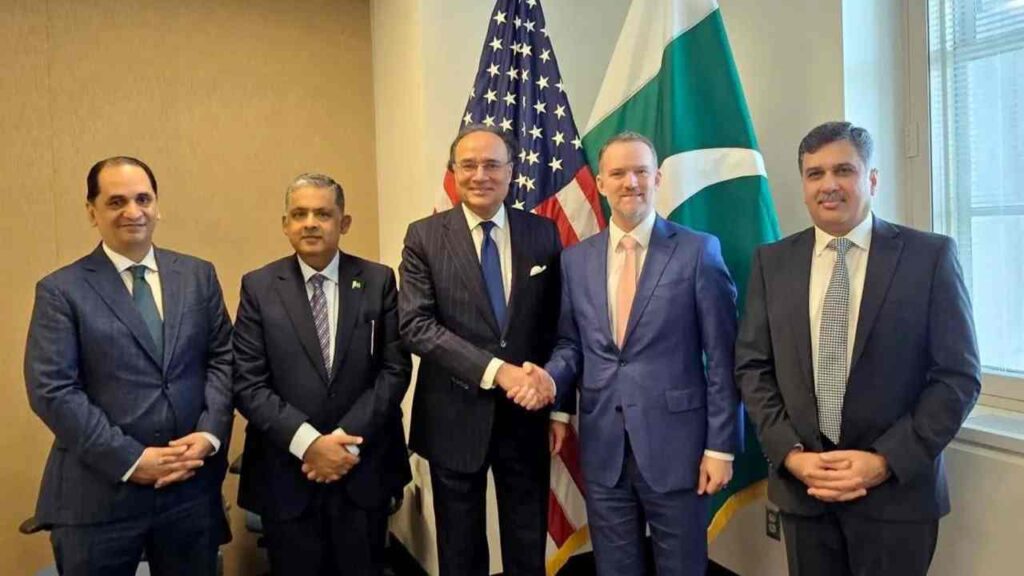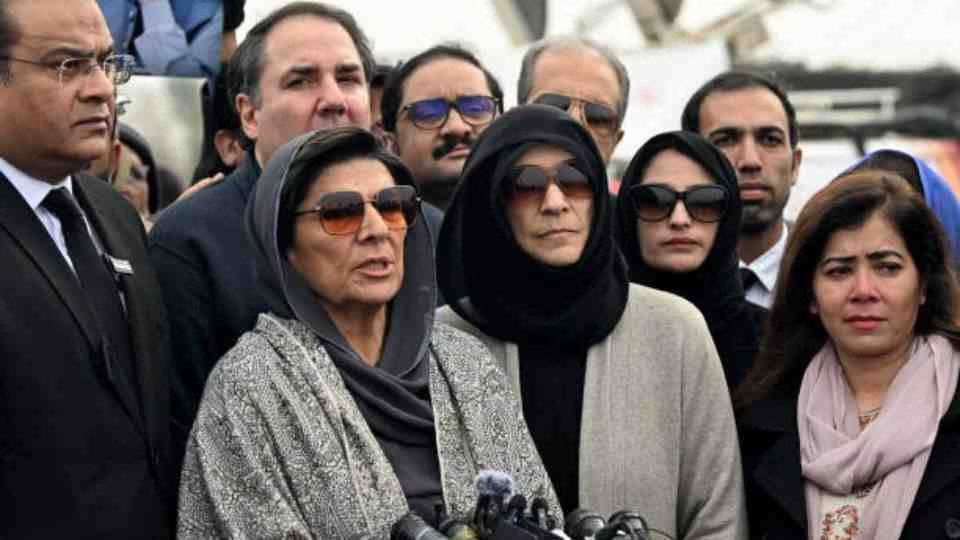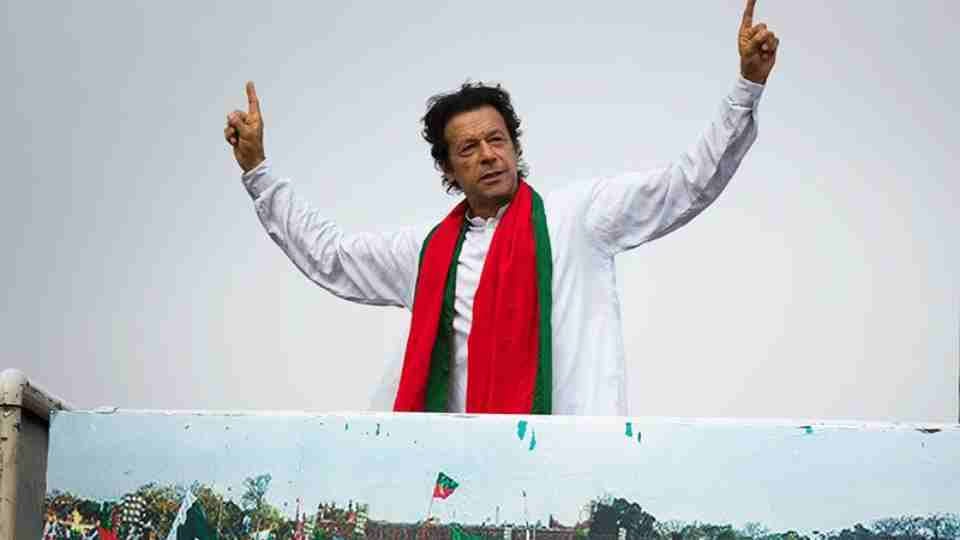The global trade landscape is undergoing a major shift as the United States overhauls its trade policies, introducing new and steep tariffs on key exporters like China and India. This has created a rare and valuable opening for countries like Pakistan to increase their market share and reshape their economic future.

Pakistan’s Competitive Edge
The new U.S. tariffs have been particularly harsh on China and India, with average tariffs on their exports soaring to 50% or more. By contrast, Pakistan’s comparatively low 19% tariff gives it a significant competitive advantage. 📈 This disparity is already causing American importers to seek alternative suppliers, presenting Pakistan with an opportunity to fill the void.
Key Sectors Poised for Growth
While Pakistan’s strongest export to the U.S. is currently in textiles and apparel, worth over $5 billion annually, the country has a significant chance to grow this sector even further. Given that China and India export a combined $49 billion in textiles and apparel to the U.S., a modest redirection of orders could lead to substantial gains for Pakistan.
Beyond textiles, other sectors are also showing promise:

- Leather Exports: Pakistan’s leather exports to the U.S. are valued at $171 million.
- Sports Goods: The sports goods industry, renowned for its high-quality football manufacturing, has nearly $400 million in exports.
- Radial Tyres: The emerging export of truck and bus radial tyres to the U.S. has already surpassed $100 million in the last year, with over 20% year-on-year growth.
Missed Opportunities and the Path Forward
Despite these promising areas, Pakistan has missed significant opportunities due to an inward-focused industrial policy. The mobile assembly sector is a prime example. While India’s mobile exports to the U.S. have surged to $7.5 billion, Pakistan’s remain confined to low-end markets with only $160 million in annual exports. The country’s 2020 Mobile Device Manufacturing Policy, which focused on import substitution, has stifled its export potential.
A similar issue plagues the engineering goods sector, where India’s exports to the U.S. are worth around $18 billion compared to Pakistan’s less than $0.5 billion. To seize the current opportunity, Pakistan must shed its outdated “import substitution” mindset and implement bold reforms. Recent changes, such as tariff rationalization in the new budget, have already yielded promising results, including a record 17% monthly export surge.
These early indicators suggest that a strategic shift towards an export-oriented economy, even with potential short-term deficits, can lead to long-term prosperity.






